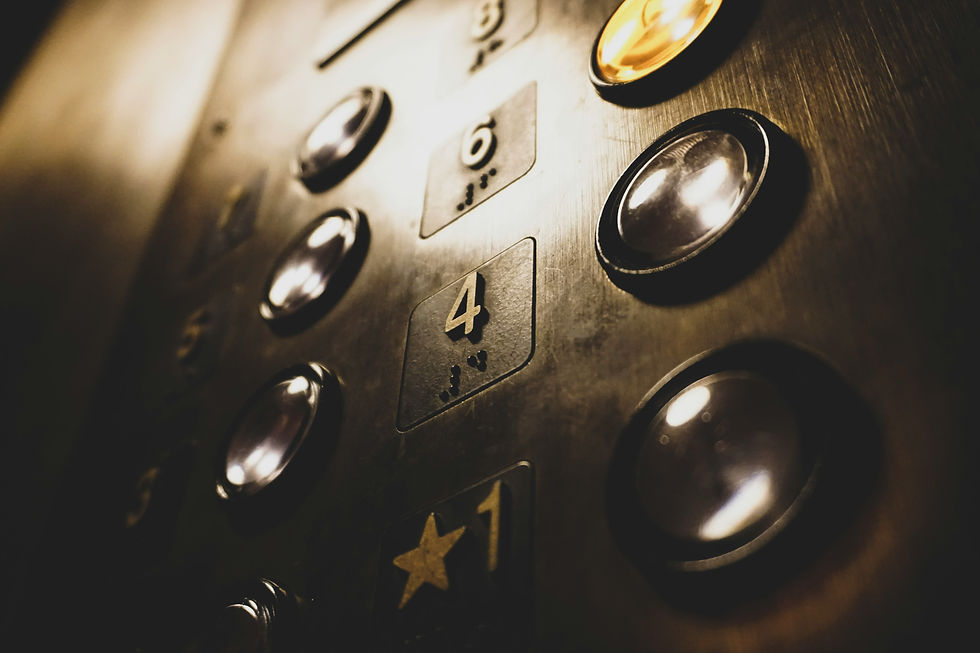Common Reasons Your Elevator May Not be in Peak Performance.
- vsaconsulting
- Jun 24, 2020
- 2 min read
If you own or are a property manager or Director of Operations in any high rise in New York, New Jersey, Philadelphia or any other city you know that when your elevator is down, it causes a lot of unnecessary aggravation with visitors and employees within your building. We will provide a highlight of five reasons why your elevator may be down or not working at peak performance.
Your bearings may be malfunctioning, or just noisy.
Both of these should be cause for concern. With a basic physical inspection, you can identify whether any of your bearings are worn. Make sure the grounds are secure too. Vibrations in the motor can cause nosy bearings. Increased vibrations and stray currents which may be a result of a common mode current. This can also cause more wear as the varied frequencies that lower your electric bill, but contribute to accelerated wear. An easy fix for this is to employ an inductive absorber that will help absorb those variable currents and protect your overall elevator from breakdowns.
Fluid Levels
Fluid levels are also one of the first things you should check on a regular basis. Make sure that everything is sealed and that any leaks are identified. Also be sure to check if a high level of bronze is in the gear case. This is most likely an indication of premature wear of the crown gear. Another tell tale sign is if a high level of aluminum shows up in the hydraulic tank. This may be an indication of pump housing wear in the hydraulic elevator.
Shaft Alignment
If you are a building owner or operator, this may be the easiest issue to identify. Shaft alignment is very important. One way to easily check this is to use laser measuring to ensure there is alignment between the electric motor and another piece of equipment. If you don’t have a laser measuring tool, just use a straightedge and string.
Power Failure
Drastic changes in thermography could be the issue. Any drastic changes in temperature could be effecting the elevator. As a building owner, or operations manager, you know an elevator requires a lot of power from the building they are servicing. Changes in that voltage can have a great effect on the operations of that elevator. Temperature spikes can be an indication of too much or to little voltage. This also can be an indication of a coming overall power and motor failure. If the elevator you are managing has a history of power failure, this overall test can isolate the cause.

Inspect Ropes and Sheaves
As a building operations manager, you know that elevators operate by moving up and down on ropes and sheaves. Worn sheaves will inevitably destroy the ropes, while wear on any ropes will have a negative effect on the sheaves. To find out if yours are worn, inspect the groove profiles to ensure there is a continued good fit between ropes and sheaves. To perform an even better inspection use a magnetic measurement and straightedge to ensure there is a good fit and if the sheaves need to be regrooved or the ropes replaced.
By checking the above before people start using a buildings elevator again, you’ll be able to find little issues before they become major expenses.



Comments